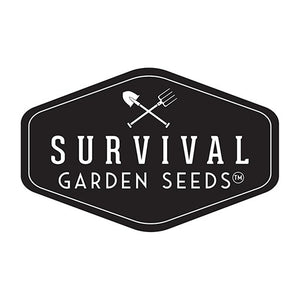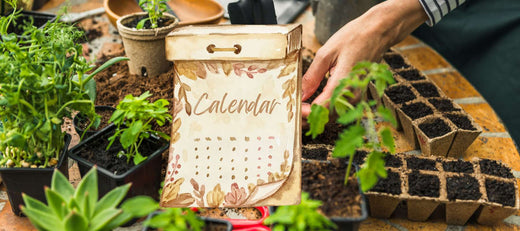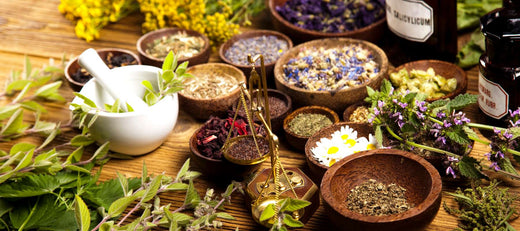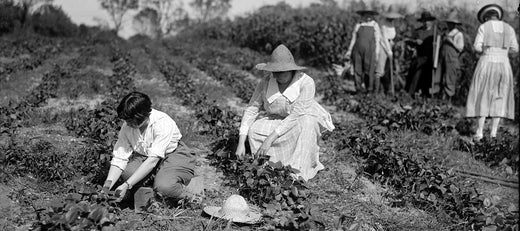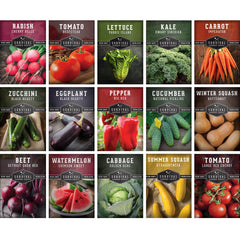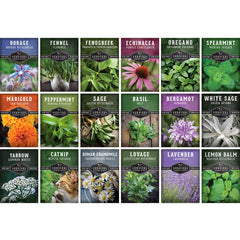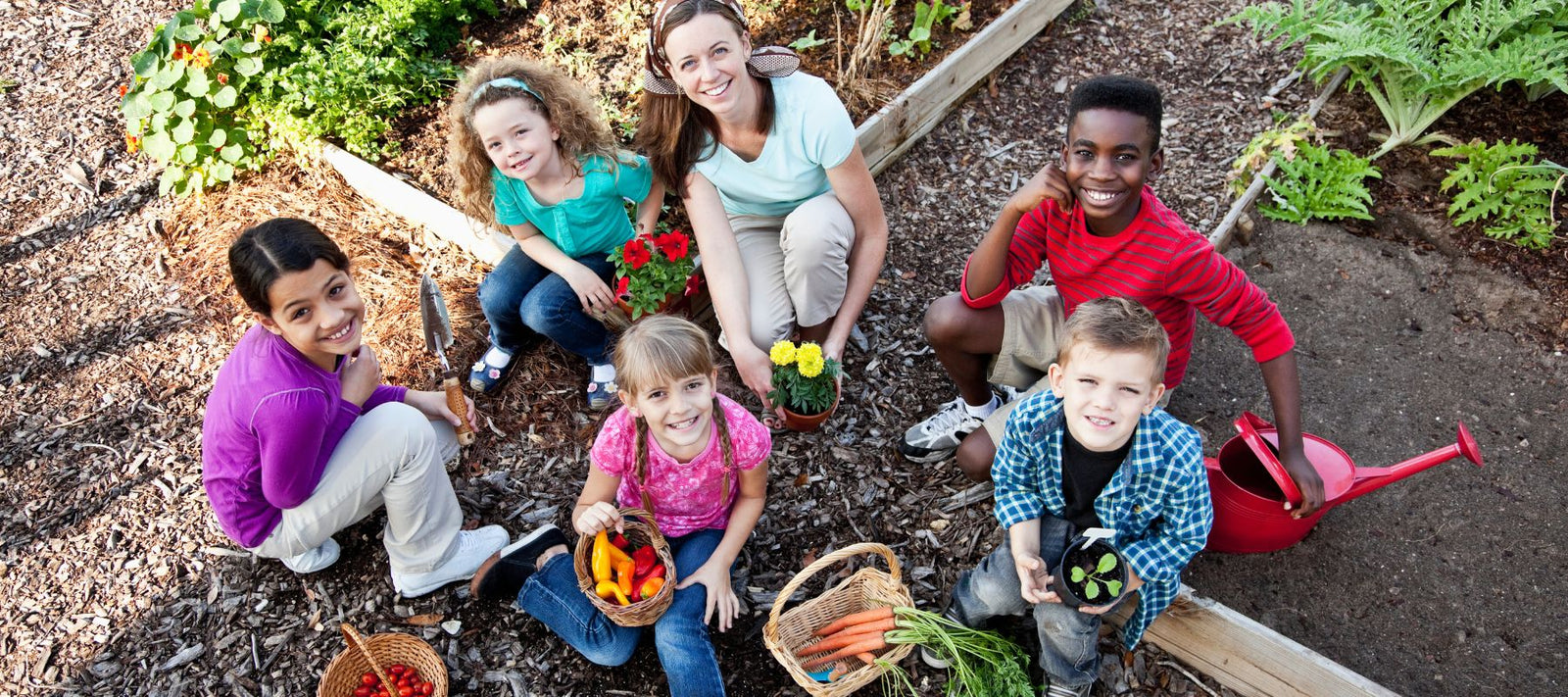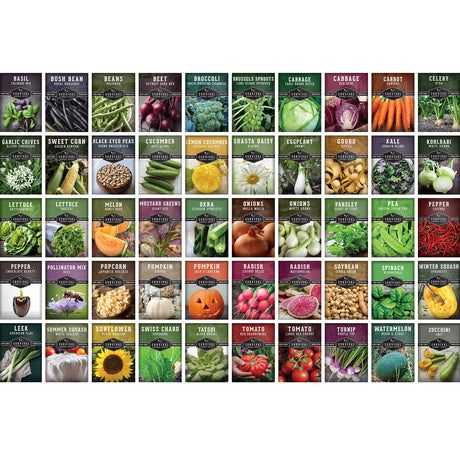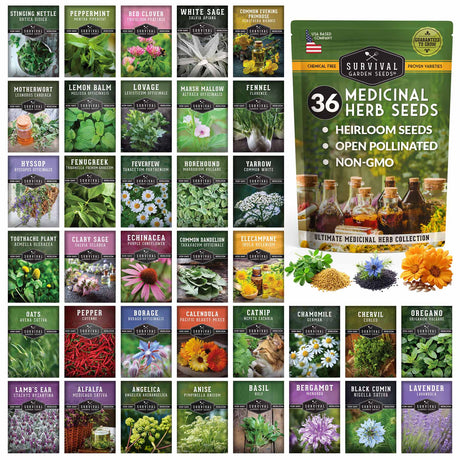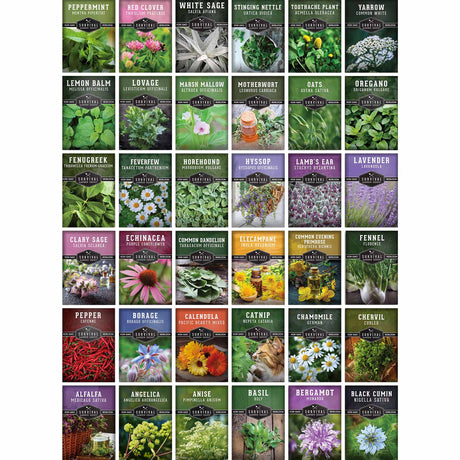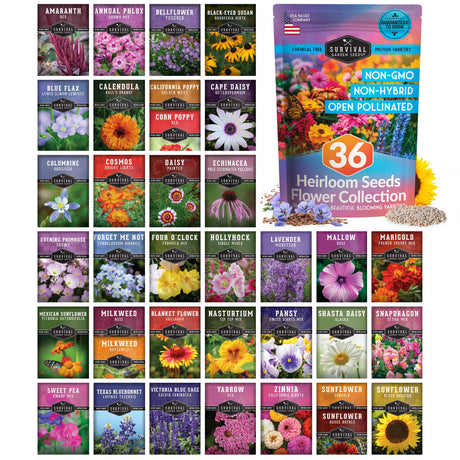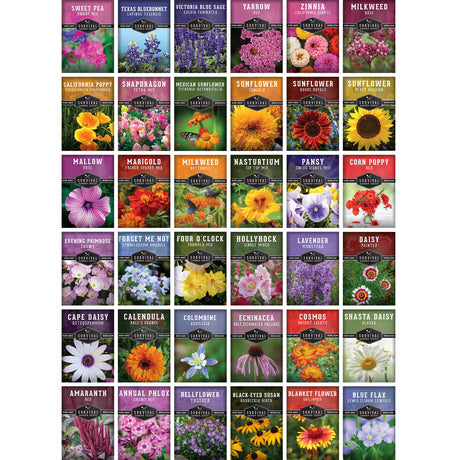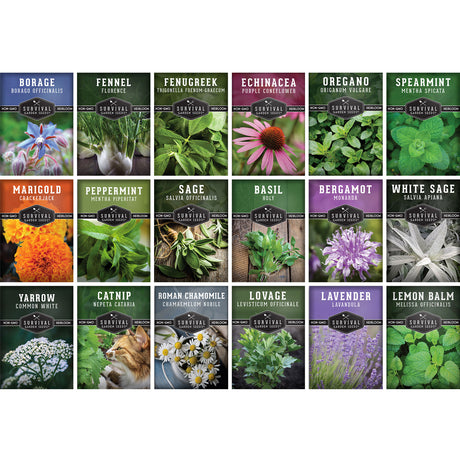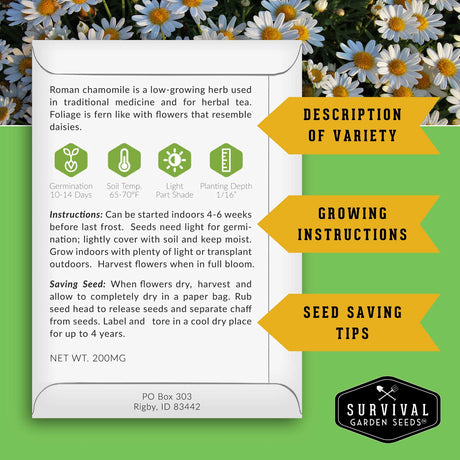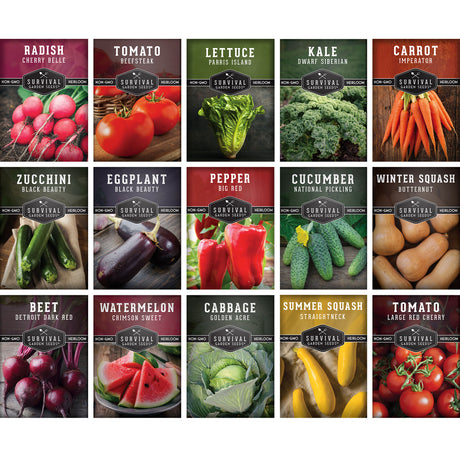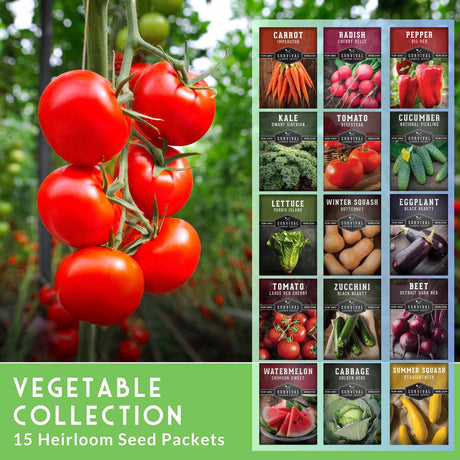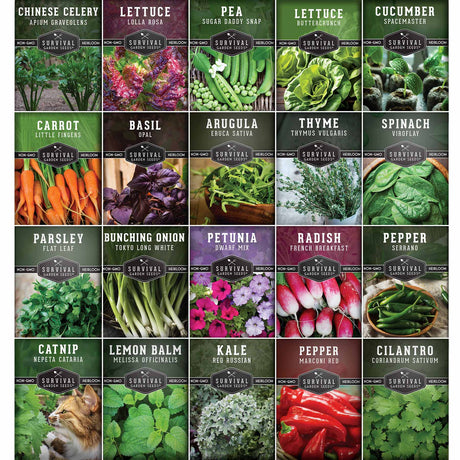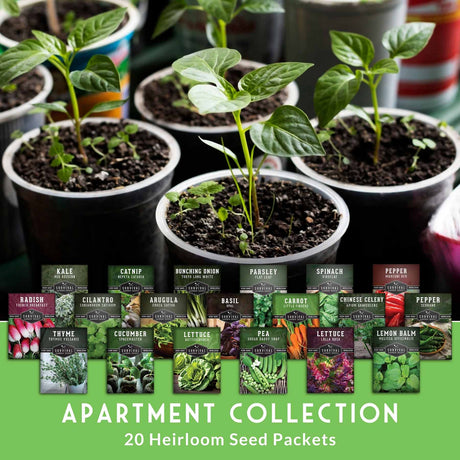Here at Survival Garden Seeds, our company's mission is to help build self-reliance through gardening. For 2025, we have set a goal to help 50,000 people grow a Victory Garden, a term developed during World War I, when much agricultural labor was recruited into military service. We feel that Victory Garden still has meaning today. Growing a garden can give you a victory over high food costs, food insecurity, and a compromised food system. Let’s take a look at the value you can gain by planting a Victory Garden in 2025.
From Wartime Necessity to Modern Empowerment
Victory Gardens became important in World War I and World War II when agricultural workers were drafted into the military and food rationing became prevalent. In 1917, the United States government established the US National War Garden Commission to help combat the drastic drop in food production. They created a campaign that utilized cultivation on private and public lands, which resulted in over 5 million gardens in the U.S.
During the peak of World War II, the Department of Agriculture created a brochure to educate Americans on everything they would need to know about gardening in hopes that this increase in production would help to relieve food shortages on the battlefield. This renewed campaign led to 20 million Victory Gardens during and after World War II.
Today, there are two Victory Gardens remaining from World War II in the US, still in operation and serving their communities: the Fenway Victory Gardens near Boston, Massachusetts, and the Dowling Community Garden in Minneapolis, Minnesota. In neighborhoods across the country, community gardens are increasing in popularity, and a community garden was even established on the White House lawn in 2008 by Michelle Obama.
Growing Your Own Food Security, Yard to Table
A home garden today, whether in containers on a patio, a raised bed garden, or an in-ground garden, increases your food security. When you grow your own garden, you have direct control over the types of food that you grow and the growing methods. You can grow the crops you most enjoy and supplement your diet with fruits and vegetables fresh from the garden instead of purchasing groceries that may be imported or grown using pesticides or herbicides that you would rather avoid.
Creating Environmental Resilience

Your Victory Garden can contribute to the health of the environment around you, too. Gardens can create nourishment and habitat for pollinators that are necessary for fruits and vegetables. To be successful, you need to care for and amend your soil, which improves soil quality. As mentioned previously, you can grow your crops in a more sustainable way with safe, organic methods. Growing and harvesting your own produce reduces “food miles”, the distance food has to travel to the consumer, which means less fuel and pollution from vehicles.
The Economic Value of Homegrown Food
In the not-too-distant past, COVID caused food shortages and a rise in grocery prices. Today, we may be facing an economic recession and rising produce prices due to import tariffs and reduced government subsidies to local farmers. The ability to grow your own garden can be a financial benefit to you and your family, saving you money by avoiding the supermarket for produce.
You can further increase your savings by growing your crops from seeds versus purchasing live plants from a nursery or garden center. Our Home Garden Seed Collection contains 30 packets of seeds for $29.99, making each packet cost less than $1. You can grow multiple plants from each packet of seeds, and our seeds are packed to last 3 to 5 years. Live plants from local big-box retailers can range from $3-$15 per plant, depending on the size and variety of the plant, making seeds much more affordable.
The Mental and Physical Rewards
We live in a time where we are tethered to screens, our cellphones, tablets, and computers. We spend hours a day sitting and being sedentary. Gardening gives us a chance to step away from the screens and enhance our Vitamin D levels by going out in the sunshine. It forces us to be active: pulling weeds, raking dirt, watering plants. There is also the personal satisfaction that comes from spending time in nature and nurturing something, watching it grow, and enjoying the rewards of the harvest.
Building Community Connections

Beyond the personal satisfaction of growing your own food, gardening gives us an opportunity to connect with our local community. We can share excess produce with our friends and neighbors, or in a local grocery co-op or food bank. I have yet to meet a gardener who doesn’t start too many seeds. Sharing seeds and seedlings at seed and plant swaps is a great way to meet like-minded community members and learn from them. Community gardens are popping up in neighborhoods everywhere, and are especially important in urban areas that are food deserts, where there is little access to fresh produce.
A Victory Garden Challenge
A key initiative for us at Survival Garden Seeds in 2025 is our Victory Garden Challenge. We want to connect with our customers and build on that original Victory Garden spirit and inspire them to grow their own gardens. We are building a Facebook community and a regular newsletter where we can share our knowledge and learn from our customers. To make it fun, we’ll be offering exclusive content, discounts, contests, and giveaways to the people who join our challenge. We believe that anyone can grow something, and we want to build a community that shares its collective knowledge to help you get growing!
We have developed some valuable guides and tools to get you started on your gardening journey and are always adding informative content to this blog to further your education. We hope you will join our Victory Garden Challenge so we can start growing together!

